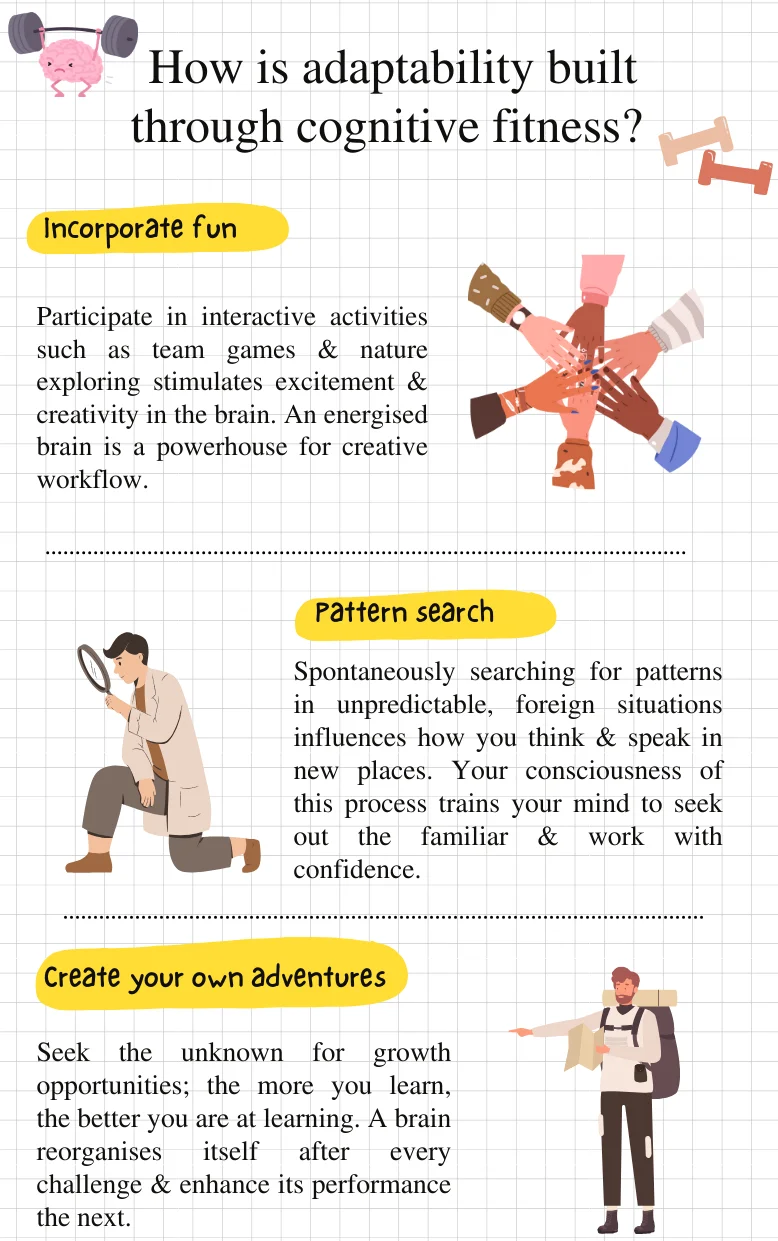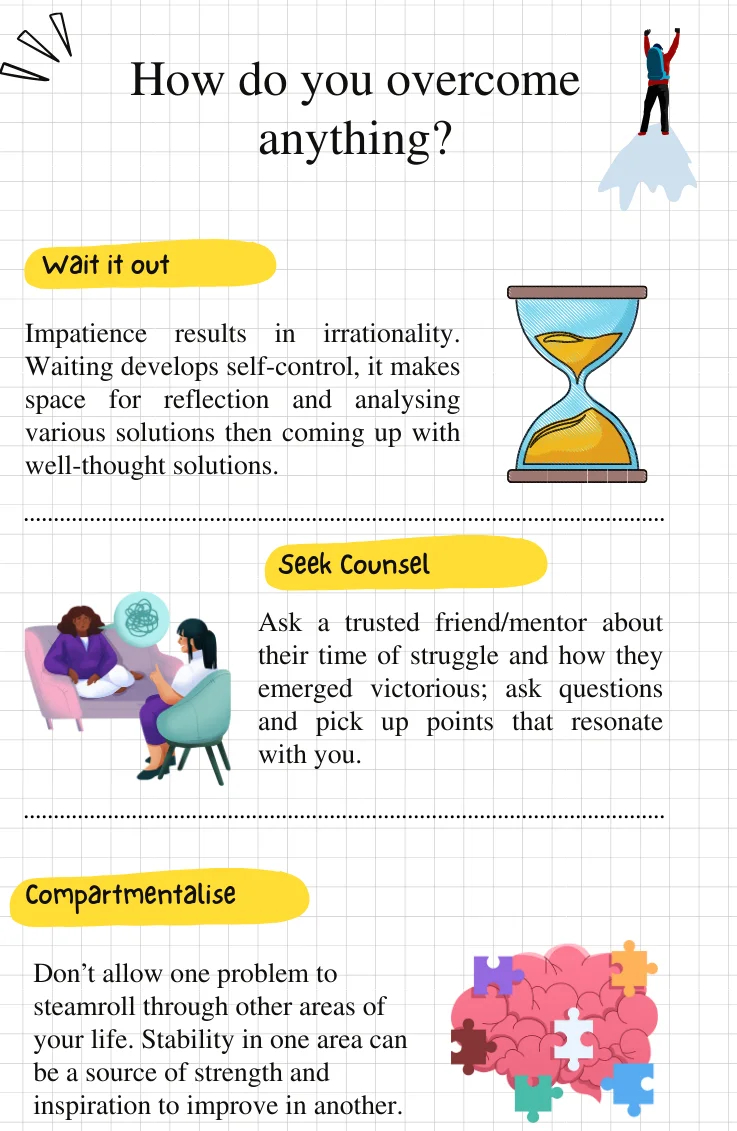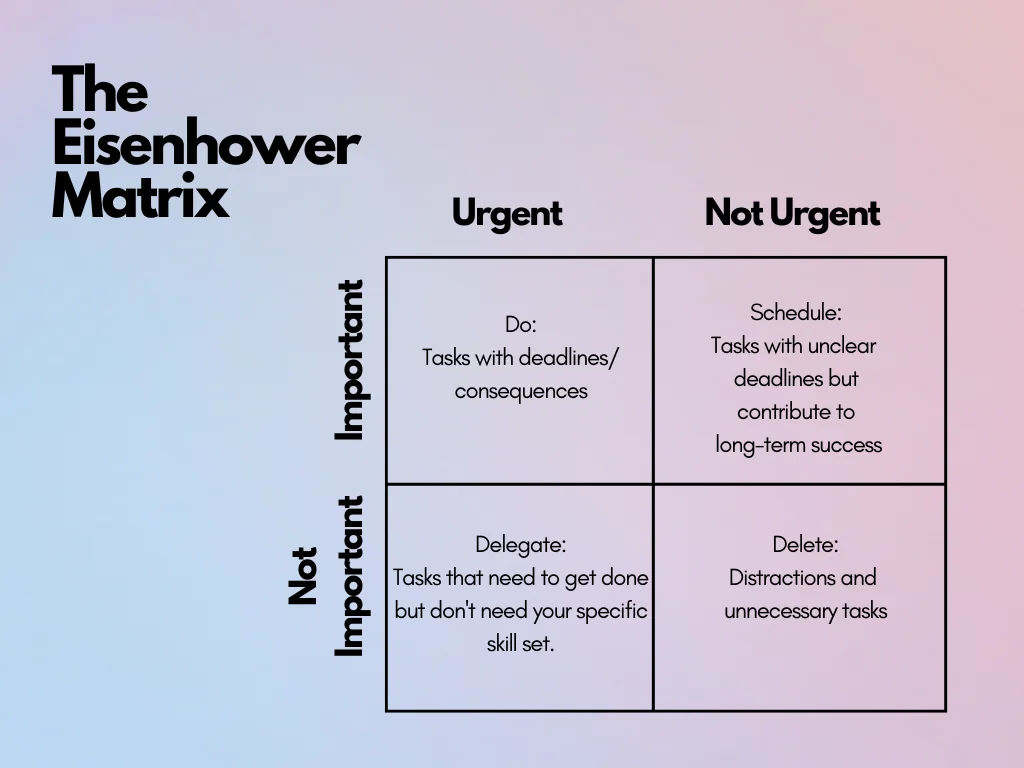Bridging the Generational Divide: 3 Practical Strategies
gjc
on
January 20, 2025
by Destiny Goh
- Some might think younger individuals constantly question and challenge their authority and leadership; the young people might feel unheard and unacknowledged at the workplace.
- Change begins when we want to see improvement and to capture any opportunity for growth is to be open to it.
- We can enhance the potential of both generations by encouraging organic growth, two-way collaborative mentorship and cultivating healthy, progressive mindsets.
- This article is inspired by multigenerational teams at Good Job Creations.
A perspective of the generational divide

By 2030, Gen Z (1997 – 2012) will make up a third of the workforce, taking over leadership and paving the way for the next generation. Progressive, bright, and vocal, they keep the older generation on their toes, ready for another debate or discussion.
Like most businesses where speed, scale and scope matter, Gen Z’s workplace expectations contrast traditional ways; work-life balance, salary expectations, face-to-face communication, mental health, and inclusivity are regularly discussed.
What the older generation such as millennials (1981 – 1996), Gen X (1965 -1980) and above considers as work taboo topics, the younger ones bring up to strike a balance and understanding between both parties, allowing them to make the most out of their chosen careers.
When unfamiliar changes challenge the status quo, it takes away that sense of security and what feels ‘right’. Some might think these younger individuals constantly question and challenge their authority and leadership. In return, the young people at the workplace might feel unheard and unacknowledged.
So, who should initiate the first step of change?
Here’s an analogy: though a parent forces their opinions or advice on their children, it doesn’t necessarily mean their child will take heed; some might rebel to experience things independently. However, it’s also the parent’s responsibility to educate, nurture and advise their children the best way they know through their experiences of what’s worked well for them.
Similarly, when a child shares their perspectives or the changes they want to be made, parents might pick out some good pointers and do their best to accommodate (though it would not happen immediately), but not everything that needs to be changed should be changed, in effort to maintain order at home.
Change starts when we want to see improvement; to capture any opportunity for growth is to be open to it.
How do we bridge the generational divide to enhance the potential of both parties instead of being focused on our differences in the workplace?
- Encourage organic growth
Gen Z quickly observes the culture, dynamics, working style, leadership and how things are run in any workplace.
Consultant and fellow Gen Z, Zia Xin, says organic growth was her opportunity to build on intangible and stakeholder management skills; it also taught her independence.
Experienced individuals should make intentional nurturing a priority. Realise that we all got to where we are now with the learning opportunities and the guidance we received.
Sharing with them your past learning experiences and the values you’ve learned could help them avoid certain pitfalls; make room for errors and guide them through it; highlight areas for improvement.
Career growth comes in many aspects—knowledge, skills or even entrepreneur-based. The younger generation ought to be specific in what growth they desire to build on, be actively open-minded to change, ideas and feedback, and be humble and teachable, as this helps them be better learners.
- Two-way collaborative mentorship
Why not leverage a two-way collaborative mentorship instead of a standard, take-and-take relationship?
Firstly, it’s important to note that compatibility matters between mentor and mentee, so consider these aspects before building a two-way collaborative mentorship:

Illustration by Author
Mentors are people who have already achieved significant milestones and are aligned with organisation goals (and they don’t necessarily have to be in the same company as you).
Why you should be a mentor?
Mentors are a great way to learn from those you mentor. Doing so allows you to build on your interpersonal skills, such as emotional intelligence, effective communication, wiser conflict resolution and more.
A mentor is likened to a leader; when you provide professional guidance and development, you’re helping one gain actionable and valuable skills to progress in their career. It’s an excellent opportunity to acquire new perspectives, rethink (self-reflection) and re-strengthen your existing skills and knowledge through practising what you preach.
Team Leader San Li, who works with and manages Gen Z on his team, says, ‘The young ones challenge me to be logical and to get my facts right—providing me with alternative and enriching perspectives that help me see my blind spots.’
A mentor should seek to create value in those whom they mentor.
Why do you need a mentor?
Know what you’re looking for before you get someone to mentor you. If you’re starting your career, mentors can provide insights, knowledge or even how to develop valuable skills that enable you to succeed.
If you’re looking for career growth, seek mentors who help you set reasonable goals and keep you accountable. This makes it easier for your mentor to track and assess progress, build on your strengths and iron out weaknesses through constructive feedback.
- Cultivating healthy, progressive mindsets
The mindset you adopt for yourself affects the way you lead your life. The difference in mindset between the generations has illuminated what Carol Dweck, author of Mindset, has previously discussed: a growth mindset is a starting point for change.?
A growth mindset is about personal development, believing abilities, skills and excellence can be cultivated and developed. Minds as such seek challenge, curiosity and the hunger to explore.
Regardless of the generations, here are some actionable points to shape a growth mindset:

Illustration by Author
Ultimately, we have much to learn from one generation to another, and the shared common goal is to educate, contribute, discuss, exchange, empathise and support.





















